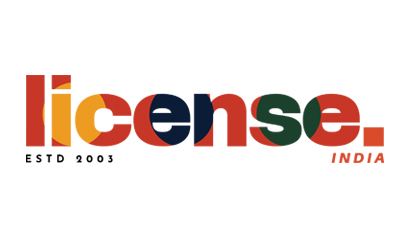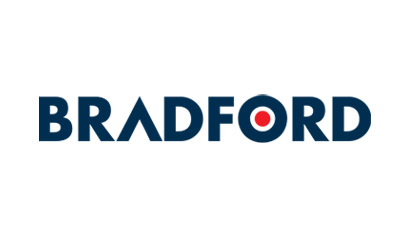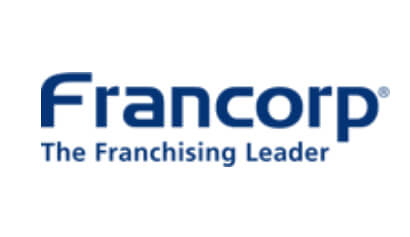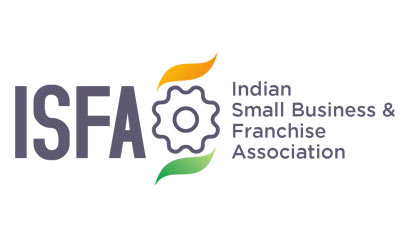To get access to over 10000+ Franchise Business Opportunities.
Network with the growing Business Community to get expert interventions to let you learn to Grow & Expand your Business with Franchising.
Global trends notwithstanding, Indians are still traditionalists at heart when it comes to dressing up for festivals and weddings. So, ethnic wear retail demands some serious business thought.

Indians wear their love for all things ethnic literally on their sleeves. It is on big display not only in the metros but in smaller cities too. And while women, with 87 per cent share, overwhelmingly vote for ethnic wear, men are catching up fast with CAGR forecast of 8.5 per cent. Brands such as Manyavar are making men’s ethnic wear a modern fashion statement.
Fusion Wear, the blending of ethnic and western wear, is all the rage these days. “Customers are experimenting with cuts, colours and hues. This will go a long way in ensuring that ethnic wear continues to be contemporary and interesting,” says Ravi Modi, Managing Director, Manyavar. And though sarees dominate the ethnic wear market with 47 per cent share, the segment is witnessing growing influence of fusion wear with kurtis. “Today’s modern women pair Indian kurtas with western wear – it’s comfortable and applicable for both casual and professional wear,” says Pratik Agarwal, co-founder of Breya.
The brand claims an average footfall of 40 customers a day, with an average spending of Rs 2,000-3,000 per customer. Even the salwar kameez has transformed into a more evolved avatar with different cuts and drapes. The salwars have transformed to pants, palazzos and skirts whereas kurtis have transformed into long floor-length dresses, anarkalis and asymmetric flare kurtis. These can be worn at work, in casual outings and even on occasion be evening wear.
IMPRESSIVE MODEL
Start-up investment for an ethnic wear store of 800-1,200 sq. ft size ranges from Rs 20-40 lakh. Of this, Rs 12-15 lakh goes into interiors and Rs 10 lakh for initial stocks. Moreover, most of the brands ask for Rs 2-4 lakh as franchise fee. Agarwal estimates operational expenses may range from Rs 1.6-2.85 lakh, which largely vary on the rent that could be between Rs 80,000 to Rs 1.5 lakh. Three sales staff and a manager are required to run each shop, which accounts for Rs 50,000-70,000 in salaries. In addition, miscellaneous expenses take up Rs 10,000-15,000.
Most of the ethnic wear brands promise excellent margins of 30-50 per cent. With monthly revenues of Rs 9-12 lakh within 3-5 months of operations, ethnic wear stores can expect operational break-even within 3-4 months. Revenues during festive and wedding seasons could top Rs 15-17 lakh per month. Moreover, most of the brands have a refund system for unsold inventories at the end of the season.
EXPANSION PLANS
Most of the ethnic wear brands are highly selective about store locations. “W is present in more than 100 cities through exclusive stores. We target main markets of the cities. Highly visible shops at malls and high streets work well for us,” says Lalit Raghuvanshi, Vice President-Sales, TCNS Clothing, which owns W and Aurelia brands.
Experts believe that as more than 65 per cent of the ethnic wear customers are based in Tier II and III cities, these regions are becoming crucial for any brand to succeed in the women’s ethnic wear category. Market experts also affirm that ethnic wear is the preferred outfit for women aged between 16 to 50 years in these cities. Noting the increasing demand, brands such as Biba and Breya plan to rev up their expansion plans in these cities. “We may open 80-100 outlets by 2020 with a specific focus on Tier II and III cities,” says Pratik Agarwal, co-founder of Breya. Biba plans to add 200 more stores by 2021.


Business Opportunities
Browse By Investment Range
Browse By States
Popular Cities















